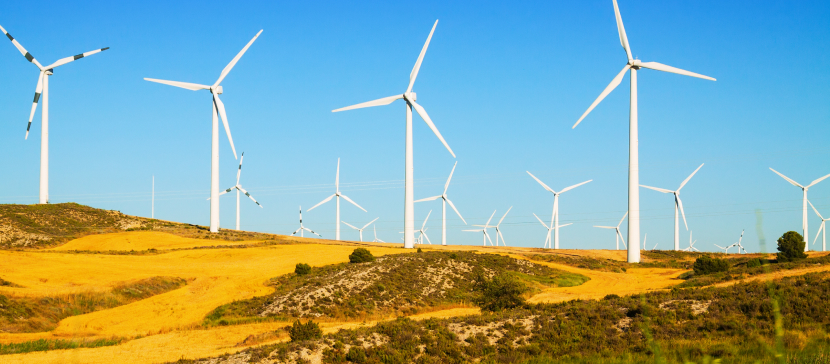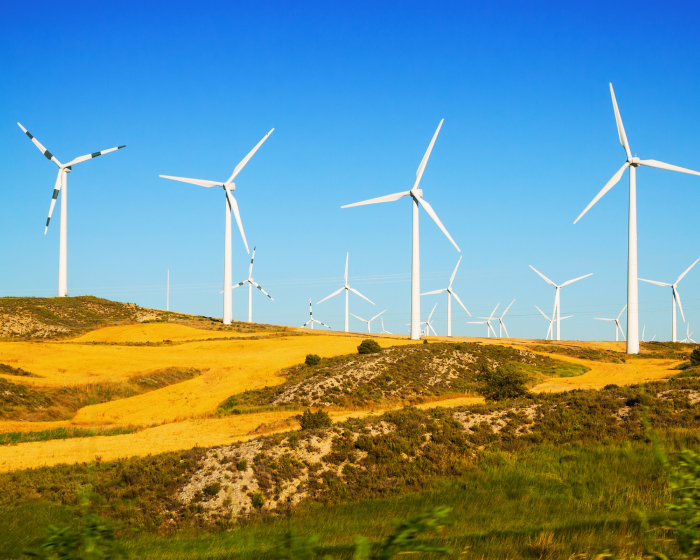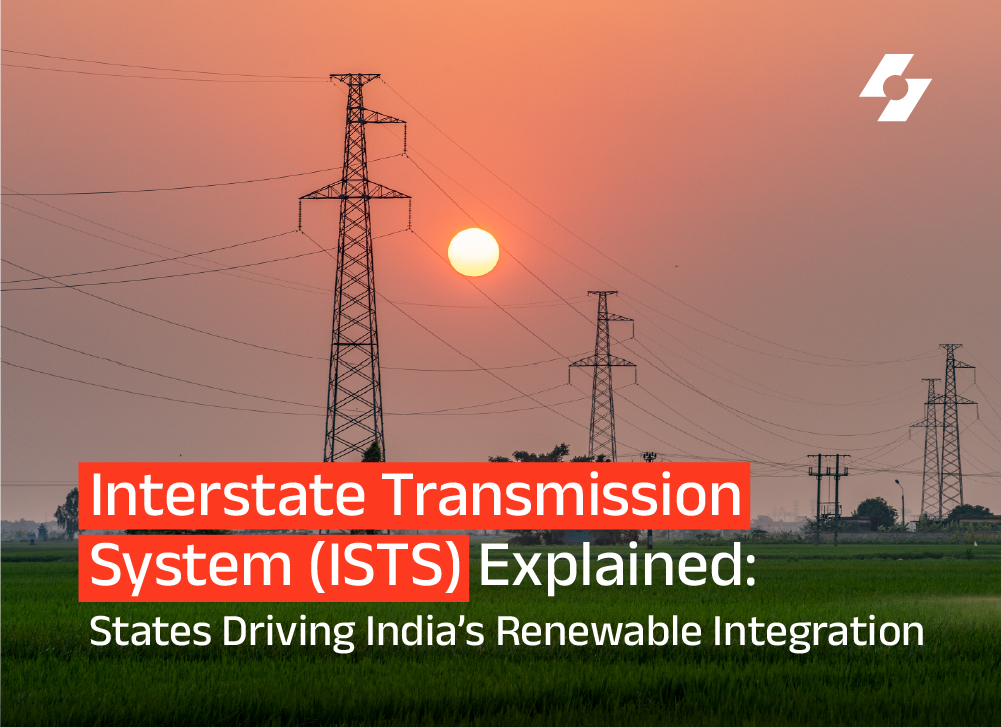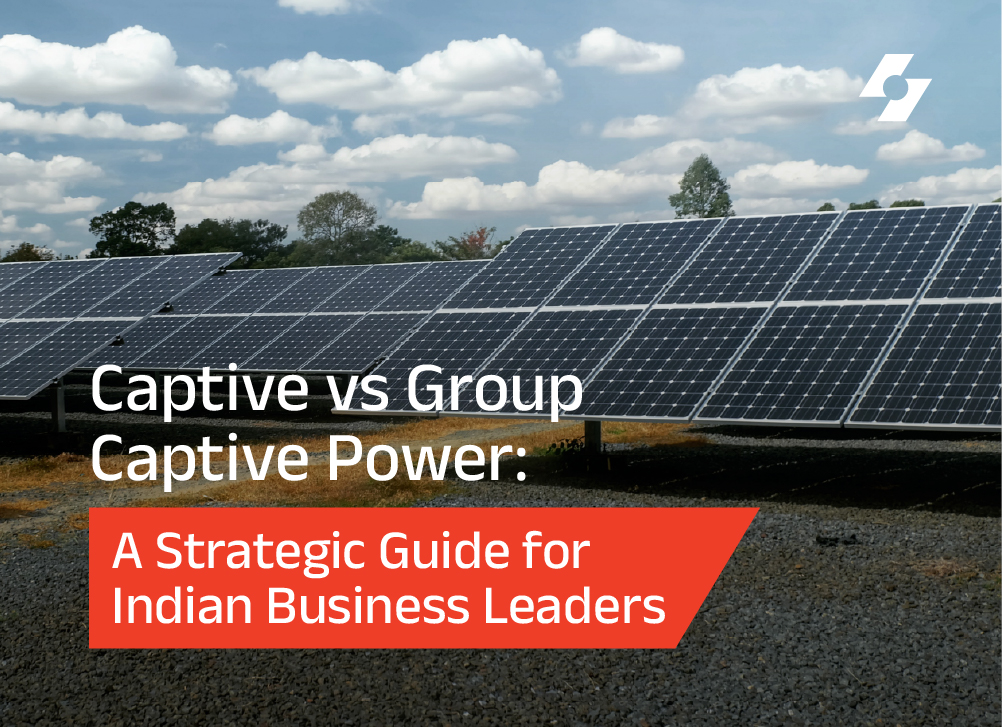Dependence on fossil fuels for energy has led to serious environmental issues. Interest in renewable energy sources results from fossil fuel’s exhaustible and finite nature.
One of the leading renewable energy sources is wind power. By capturing the wind’s kinetic energy to produce electricity, wind power provides an eco-friendly and effective solution for powering our homes, businesses, and communities.
India, too, has tremendous capacity for wind power generation.
Do you know? By the end of December 2024, India’s wind power plant capacity was 48.16 GW. India is ranked 4th globally for its wind power generation capacity.
As per the Ministry of New and Renewable Energy (MNRE), India’s wind power potential is 695.50 GW at a height of 120 meters and 1163.9 GW at 150 meters. A significant portion of this potential is concentrated in 8 states known for their windy conditions.
What is Wind Energy?
To grasp the concept of wind energy, we first need to look at the fundamental principles of wind. Wind is the flow of air resulting from variations in atmospheric pressure, which arise due to the sun’s uneven heating of the Earth’s surface.
The Earth’s surface is not uniform; its irregularities, combined with the planet’s tilt and rotation, lead to different regions warming at varying rates. When the air in a warmer area heats up, it expands and rises, creating a pressure difference with the cooler air nearby. This cooler air then moves in to occupy the space left behind, generating what we know as wind.
The intensity of the wind correlates directly with the pressure difference: a larger disparity results in stronger winds, much like an unrestrained balloon releasing air rapidly.
Wind energy relies on kinetic energy, which is the energy associated with motion. Anything in motion possesses kinetic energy. Wind turbines harness the kinetic energy of moving air and convert wind energy to electrical energy.
What are Wind Farms?
A wind farm comprises a group of wind turbines which are situated in large stretches of land. Typically, they are found in agricultural areas and rural areas. The 3 main types of wind farms are:
- Onshore Wind Farms: These farms are based on land, and may also be installed on farmland.
- Offshore Wind Farms: These farms are based on water, and can be twice as large as onshore wind farms.
- Distributed Energy Projects: These projects are land-based but their capacity is usually less than 1 MW. They are usually set up to serve local residential power requirements rather than generate power for a utility.
Types of Wind Power Generation Models in India & Globally
In India and globally, wind power plants are categorized based on the wind turbine design. The 2 main categories are:
1. Horizontal-axis wind turbines (HAWTs)
2. Vertical-axis wind turbines (VAWTs)
HAWTs are the most common method of wind power generation in India and the rest of the world. We have described the characteristics of each below.
The blades of horizontal-axis turbines resemble the propellers of an aircraft. Typically equipped with three blades, these turbines can reach heights comparable to that of a 20-story building, with blade lengths exceeding 100 feet.
The efficiency of taller turbines with longer blades translates to increased electricity generation. That’s why, the vast majority of wind turbines currently in operation are of the horizontal-axis variety.
In contrast, vertical-axis turbines feature blades mounted on both the top and bottom of a vertical rotor. The design of the Darrieus wind turbine, named after French engineer Georges Darrieus who patented it in 1931, is particularly notable.
A vertical-axis turbine resembles a large eggbeater with two prominent blades and can stand as tall as 100 feet and span 50 feet in width. However, vertical-axis turbines are relatively rare today due to their lower performance compared to horizontal-axis models.
Working of Wind Power Plant With a Diagram
In this section, we will understand how a wind power station works.
- Components of a Wind Turbine
A wind turbine consists of several key parts, including propeller blades mounted on a rotor located at the top of the turbine tower. The rotor is connected to a nacelle, which is a protective enclosure that contains both a shaft and a generator. The process of energy conversion begins when the wind spins the blades, causing the rotor to turn.
This motion then rotates the shaft, which ultimately drives the generator to produce electricity. The generated electricity travels down the turbine tower and passes through a transformer, where it is adjusted to the appropriate voltage for integration into the power grid.
Notably, this entire operation generates no air pollution, unlike fossil fuel plants that emit harmful pollutants while burning coal, oil, or gas to create steam for electricity generation.
Here’s a wind power plant diagram which illustrates the different components of a wind power plant project.
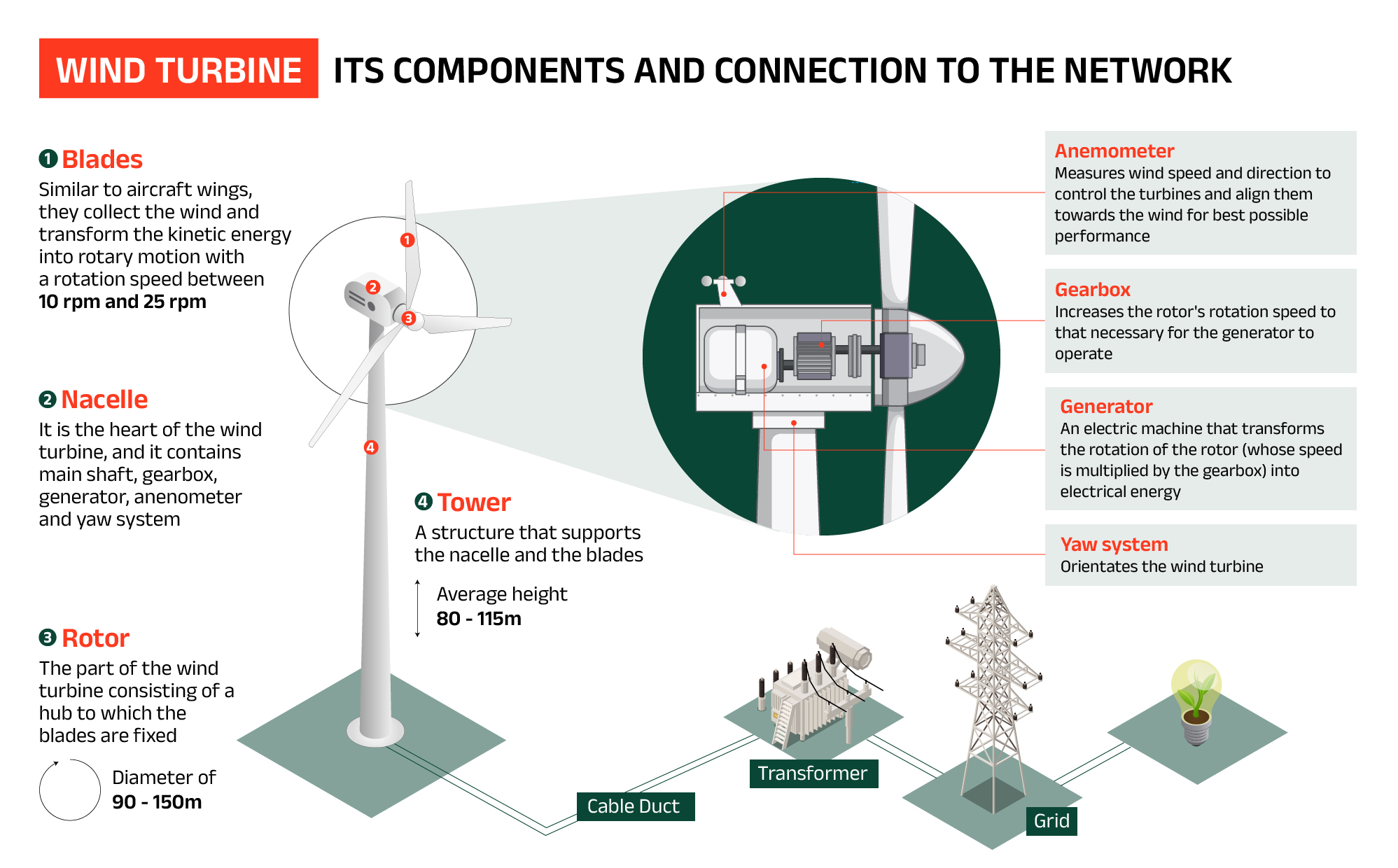
Wind Turbine and Its Component
- Efficiency and Design Considerations
The capacity of a wind turbine to generate energy increases with its size. Taller turbines are advantageous because they can access stronger and more consistent winds found at higher altitudes. Additionally, longer blades are capable of capturing more wind energy, even in areas with lower wind speeds.
One of the questions to consider is what should be speed of wind for wind energy? Wind turbines begin producing power at speeds of 12 to 14 km/h. Maximum power output is achieved with winds in the 50-60 km/h range. However, turbines are generally shut down above 90 km/h to protect the equipment.
- Monitoring and Control Systems
Wind turbines are equipped with essential components such as an anemometer and a control system. The anemometer measures wind speed and relays this information to the controller.
The controller activates the turbine when wind speeds reach a minimum threshold of 11 to 18 kilometers per hour. Conversely, if wind speeds exceed approximately 88.5 kilometers per hour, the controller will shut down the turbine to prevent damage to the blades.
Installing A Wind Power Plant In India For Commercial Use
The exact steps for setting up a wind power plant project vary across the country. Here is a general outline of the steps involved in installing plants for wind power generation:
1. Site Selection and Evaluation of Wind Power Potential
The 1st step involves the collection of wind energy information and deciding where to set up the power plant.
- Site Identification: Identify sites with high wind potential. This process includes examining wind speed records, geographical features, and the availability of land. Institutions such as the National Institute of Wind Energy (NIWE) offer valuable wind resource maps and relevant data.
- Wind Data Collection: Implement on-site wind measurement campaigns lasting a minimum of one year. Utilize meteorological towers to authenticate the wind resource information and evaluate the project’s viability.
2. Getting Approvals
It is important to gather necessary permits and clearances from both state and central government bodies, including the MNRE.
If your project site is located on forest land or near wildlife habitats, ensure you acquire the required permissions from the forest department and wildlife authorities.
You will also have to conduct Environmental Impact Assessments (EIA) to secure essential environmental approvals.
3. Land Acquisition
For acquisition, you have to negotiate with the land owners and the government. You can buy the land or lease it. Unused government land may be available at hugely discounted rates.
4. Project Planning, Development, and Commissioning of Wind Power Plant
Several steps are involved in the planning, development, and commissioning of a wind power plant:
- Project Report Preparation: Create an extensive project report that encompasses technical specifications, financial forecasts, and an assessment of environmental impacts.
- Selection of Wind Turbines: Identify appropriate wind turbine models tailored to the site’s wind conditions, capacity requirements, and any specific site limitations.
- Infrastructure Development: Build the necessary infrastructure for the wind farm, which includes constructing turbine foundations, access roads, and facilities for power collection and substations.
- Turbine Setup: Carry out the installation of wind turbines along with all related equipment.
- Grid Integration: Work in collaboration with the power grid operator to obtain access to the grid and establish the required transmission infrastructure.
- Installation and Commissioning: Execute the installation and commissioning of wind turbines, ensuring thorough testing and calibration are conducted.
5. Operation and Maintenance
Regularly assess turbine efficiency and energy output by utilizing SCADA (Supervisory Control and Data Acquisition) systems for ongoing surveillance.
Conduct scheduled maintenance and necessary repairs to maintain peak turbine functionality. Market the produced electricity to power distribution firms via Power Purchase Agreements (PPAs).
Why Choose Wind Power Instead of Other Energy Sources?
Here are some of the main advantages of wind power generation compared to other energy sources:
- Improved Public Health: Wind energy’s positive impact on health stems from its lack of pollution. By reducing our reliance on fossil fuel-burning power plants, we can mitigate the harmful effects of air pollutants.
These pollutants, generated by coal, oil, and gas combustion, contribute to respiratory and heart problems, as well as environmental damage. Coal plants, for example, are a major source of mercury, sulfur dioxide (a key component of acid rain), and harmful particulate matter in the air we breathe.
- Building Reputation for Sustainability: Utilizing wind power offers a significant boost to a company’s public image. As a clean energy source, it produces no pollution, waste, or greenhouse gases. This commitment to sustainability can be a particularly effective marketing strategy, especially for businesses operating in Europe.
- Mitigating Climate Change: The burning of fossil fuels for electricity generation generates greenhouse gas emissions. To combat the worsening climate crisis, transitioning to clean energy sources like wind power and ending our dependence on fossil fuels is essential.
- Affordable Energy: Wind energy has become increasingly cost-competitive. Investments in wind technology, such as taller towers and larger blades that enable power generation at lower wind speeds, promise even greater cost reductions for consumers. These advancements will also lead to lower installation and operating costs through improved efficiency and reduced material usage.
Moreover, as inflation continues to push the price of electricity higher, wind power will become more attractive as a shield against increasing bills.
- Boosting the Economy and Creating Jobs: The expansion of the wind industry can drive job growth. Manufacturing, operation, and maintenance are some of the areas where a large number of people can be employed.
As per government data, around 52,200 people were employed in the wind sector in 2023. About 40% of those were in operations and maintenance and 35% in construction and installation.
The wind industry now boasts a robust ecosystem with approximately 18 GW of annual manufacturing capacity. To encourage private investment in wind energy, the central government offers a range of financial and tax benefits.
These include accelerated depreciation and concessional customs duties on designated components of wind electricity generators. Additionally, there was a Generation Based Incentive (GBI) scheme in place for wind projects that were launched before March 31, 2017.
How Sunsure Energy Can Help?
Sunsure Energy is a leading provider of renewable energy solutions for factories, industries, and big businesses. Since our establishment in 2014, we have worked with industry giants such as Flipkart, INOX Air Products, APL Apollo, Emcure, and Kajaria Ceramics Ltd.
As a prominent Independent Power Producer (IPP), Sunsure offers long-term power purchase agreements (PPAs) that allow companies to offset up to 70% of their electricity consumption with a blend of solar, wind, and battery storage solutions.
Our expertise in wind power generation will enable commercial and industrial companies to install wind power plants with the best quality and significantly reduce their electricity bills.
